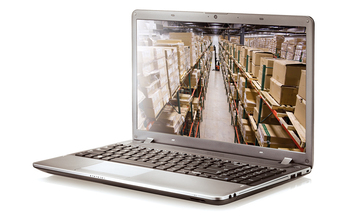
Green wave
The entire manufacturing industry is focusing on going green and reducing carbon footprint. How that is affecting supply chain? Elaborating on it, Singh informs about their efforts saying, "JCB has been at the forefront of social and environment initiatives through its multiple programmes aimed at reducing the overall carbon footprint. Our sustainability programme, ‘Sustainable Innovation', reflects JCB's fundamental belief of conducting business in a responsible manner. We are committed to using our sustainable innovation programme as a complete approach to managing the impact of our business. So while we are aligning our own operations and products to our sustainability ambitions, we are also looking at our suppliers and their operations. This inclusive approach has helped in reducing the overall carbon footprint of JCB products."
"There is also a significant drive on re-suable packing like trolleys and bins across our facilities instead of using wooden boxes. Our Jaipur facility is a zero discharge green facility. Also, in our other facilities in Delhi-NCR and Pune, we have solar panels to harness solar energy which help contribute in our drive towards clean energy," Singh continues.
Elaborating PPAP Automotive's efforts, Jain says, "In our supply chain, we ensure that the deliveries are coming or being made in full truck loads only. Also, we periodically check health of the trucks that are used for the same and in case they have a problem, we immediately take countermeasure."
PPAP Automotive Ltd. is conscious about reducing carbon footprint and emission of greenhouse gases. "We have been able to reduce our energy consumption as well as reduce our diesel consumption by taking numerous initiatives," he adds.
Whereas Budhiraja talks about steps to be taken for going green, "First and foremost, is the step of observing and recording and establishing a benchmark for oneself and other stakeholder or suppliers. Once we start just recoding our carbon emission and energy utilised in the production of a single product, we can use it as a benchmark for future that we do not have to cross this limit. Every product which has to be manufactured has to be under this limitation only. Then comes the process of integrating of digital means to prepare proper audits of energy consumed in a complete year. Now over the time you will have data collected which can be shared with the stakeholders as well as one's suppliers, which will aid in motivating them and as well as promote them to take such initiatives or others to minimise the utilisation of energy. Now secondly set targets for the energy consumption and carbon emission, and proceed to always maintain these targets. Most importantly, meet with your suppliers, supply chain experts and executioners, and share this information also acknowledge them with these factors. As energy spent can be minimised and has a direct result to reduced carbon footprints."
(Continued on next page)


























